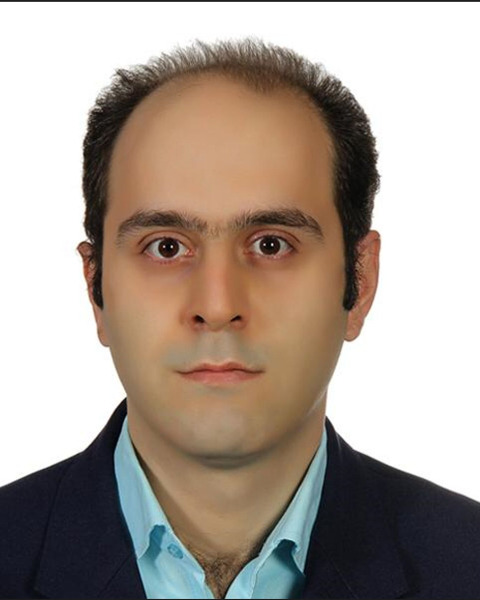
Abbas tabatabaei, PhD
Research Scholar
Mobility and Falls lab, Department of Physical Therapy, Rehabilitation Science, and Athletic Training, School of Health Professions, University of Kansas Medical Center, Kansas City, KS, USA
Visiting scholar (2022-Present) (University of Kansas Medical Center)
Qualifications: During my work as a visiting scholar, I have been familiar with mobility and gait assessment. I have also worked with instruments including motion analysis, electromyography, and algometer.
Assistant Professor (2019-2022) (Iran University of Medical Sciences):
Qualifications: During my work as a laboratory manager, I was the head of the movement
science and gait analysis laboratory, where our main research focuses are movement control,
assessing faulty movement, and developing efficient treatment approaches for musculoskeletal
disorders. I took some preliminary courses regarding data processing, including encoding with
MATLAB. I worked as a member of multidisciplinary teams to collaborate in clinical trials and
also ran several journal clubs to criticize papers regarding methods and concepts.
Projects: we worked on some projects related to assessing and visually detecting shoulder and
knee movement faults as a tool for evaluating movement patterns in subjects with shoulder and
knee disorders. I also researched the effects of specific exercises based on movement fault
control on pain intensity, disability, range of motion, and strength in subjects with chronic
subacromial pain syndrome. I was an advisor in some clinical trial projects regarding iliotibial
band syndrome, hip adductor strain, and carpal tunnel syndromes.
Projects: During my Ph.D. (2014-2019), I reported that the gait pattern in subjects with
piriformis muscle syndrome differs from the healthy-matched control group in some joints,
including the hip and knee. I also found that sono-guided dry needling effectively decreases pain
in subjects with piriformis muscle syndrome (a non-discogenic cause of sciatica). During my
Master’s (2011-2014), I compared the effectiveness of three therapeutic procedures on symptoms
of subjects with myofascial pain syndromes. I found dry needling is an effective treatment to
decrease symptoms in subjects with a myofascial trigger point.
Poster(s):
-
Tuesday, October 31, 202312:00 PM - 12:06 PMWednesday, November 1, 20235:30 PM - 5:36 PM

.jpg)
